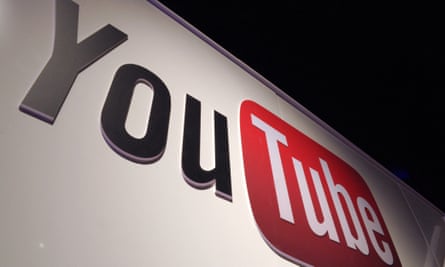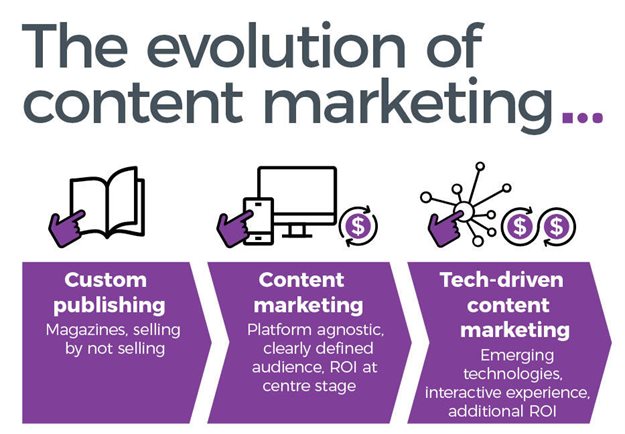These five trends reveal that the best days of digital media are still ahead of us.
The word of the year for 2022 feels like something straight out of science fiction: permacrisis, “an extended period of instability and insecurity.” If you’re in the media and advertising business, that sounds an awful lot like what’s going on right now.
But despite the breakneck speed of change (and a really scary October that saw the free fall of ad-supported blue chip companies like Meta, Snap and Google), digital media isn’t really in permacrisis or even a crisis at all. It’s in a constant state of flux, and 2022 was no exception. In fact, I’d argue that all this change is a good thing.
The first banner ad debuted less than 30 years ago. Search ads are even younger than that. Social media got its start 18 years ago, but TikTok has only been around for six years. The technology and tools for digital media are still very much in their infancy. Another brand-new medium that developed from the ground up? Television. It has taken almost 100 years for TV to hit its stride, and it still surprises us every year. We’re in the early days of digital media. As delightful and indispensable as the internet is in our lives, the templates we use today continue to be basic and unappealing; too many sites, even the really good ones, are crowded by poorly performing and poorly integrated ads. It’s hard to measure what works, and advertisers are still unsure of what they are always buying. Everything is fragmented and complex; there’s too much friction to get basic things done.
That’s why the increased speed of change we’re witnessing is a good thing, and I believe we’re on the cusp of discovering the potential of what digital media can truly be. These trends tell me that the best days of digital media are around the corner because:
Privacy is resetting the game
We’ve spent years collecting data on people to advertise to them. Our industry chose to invest in harvesting people’s personal data and spent years doing it. This was at the expense of advancement as an industry in other technology solutions like contextual advertising that are less invasive and more useful. Advertisers used this data to build creative that relied on crude personalization (like your name) instead of focusing on real signals like attention time and engagement. It’s been lucrative for platforms, but people have found it annoying and creepy as we stalk them around the web. It’s also increasingly precarious for publishers and advertisers. While audience targeting initially gave interesting insights into people like never before, it’s no longer effective and won’t stand the test of time when it comes to emerging environments and platforms — or future privacy regulations. Massive penalties await publishers and advertisers that skirt the law. Fortune will favor those that move away from cookies and identifiers now.
Context is everything
Every advertiser I’ve spoken to believes that, at the end of the day, creative execution will be driven by contextual technology. So, why are advertisers still not moving quicker in understanding context in the current ways it can be leveraged at scale today? Why are brands not using deeper contextual insights to determine strategy, creative and more? Technology has already advanced to the point where it can comprehend the context of a digital environment. It can interpret words, videos, audio and metadata, providing a comprehensive understanding of the environment in order to pair it with dynamic and engaging ad creative. By doing this, digital advertising can produce something that consumers find beneficial and enjoyable (without personal data), no matter where it appears. We have the technology; let’s do this.
It’s time to rethink metrics—and focus on attention
Growing up, ads like Calvin Klein CK1 fragrance in magazines grabbed my attention — I can still remember those ads today. These days, the creative gets lost in the clutter, people skip preroll ads, and the metrics we use for success are flawed — yet we keep doing them. We need to take a fresh look at how we measure the success of digital advertising campaigns. With so much competition in the digital ad space, simply having an ad that is viewable does not always guarantee its success. We must find ways to capture attention and understand what drives people to take action. Through advanced contextual and attention solutions, we can identify the content and confirm if the ad resonates within the environment. And then, real-time optimization engines can be used to programmatically deliver the campaign in the most effective way possible. It’s a win-win-win combination.
In-game advertising is the next big thing
Every brand marketer knows gaming is huge. They play them, their kids play them, everyone does. And yet, in-game ads, specifically intrinsic in-game ads, are untapped and highly coveted: They let marketers reach consumers at their most receptive by integrating with the game world itself. There are more than three billion gamers in the world — with some groups spending more than six hours playing at a time. Talk about an engaged audience. Right now, most of the ad inventory is available on mobile, but consoles and big-screen gaming are about to come into their own. In-game advertising is set to grow 11% per year and reach nearly $18 billion in 2030. Early adopters get the added benefit of an uncluttered ad and media landscape — and unprecedented scale.
CTV is an awesome, unstoppable freight train
CTV spending rose 57% last year to $15.2 billion and is projected to more than double over the next few years. More importantly, 76% of video buyers consider CTV a “must buy” in their media planning budgets, as CTV allows them to leverage data and formats not available within linear TV. So, why are there no brand safety solutions, no contextual understanding of the content and no new ad formats? It makes no sense. Are brands simply not aware of the advancements in these areas and what is available? Why do we still rely on preroll in CTV instead of new formats that align with current customers? Innovations like AI, contextual intelligence and the widespread availability of more non-linear ad formats will make CTV ads work harder, and now that Netflix and other premium streamers are adding ads, it will be even more essential in an advertiser’s mix. Advertisers that figure out the medium early will also be the early CTV winners.
The recession is real, but opportunity abounds
Economic uncertainty, the U.S. dollar’s rise against other currencies and inflation are very real at home and abroad. Full stop. And ad spending cuts are happening. But digital still remains the single best and most effective way to target and reach consumers, and that’s not going to change anytime soon (consider that the average American spends 8.2 hours glued to their phone). Digital marketing is not discretionary for brands anymore. It’s a critical investment, and smart marketers will use the current ad climate to their advantage — to get noticed, to break out and to get ahead. After all, when competitors are cutting back, that can be your moment to get noticed.
By Phil Schraeder
Entrepreneur Leadership Network Contributor. CEO of GumGum













